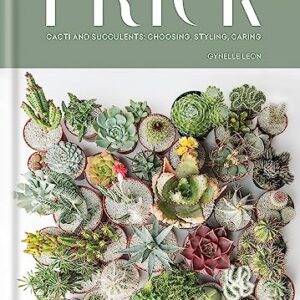Are you someone who has always admired beautiful gardens but felt intimidated by the idea of starting your own outdoor gardening project? Well, fear not! With a little bit of knowledge and some basic tips, you too can develop a green thumb and create a stunning outdoor oasis that will make your neighbors green with envy.
First things first, it’s important to choose the right spot for your garden. Most plants need at least 6-8 hours of sunlight per day, so look for a sunny spot in your yard that receives enough natural light. You’ll also want to make sure the area has good drainage to prevent water from pooling and causing root rot.
Once you’ve found the perfect location, it’s time to choose your plants. As a beginner gardener, it’s best to start with easy-to-grow, low-maintenance plants that are well-suited to your climate. Annuals like marigolds, petunias, and zinnias are great for adding color to your garden, while perennials like daylilies, hostas, and coneflowers will come back year after year.
Before you start planting, make sure to prepare your soil. Most plants prefer well-draining soil that is rich in organic matter. You can improve the quality of your soil by adding compost or aged manure, which will provide essential nutrients and improve soil structure.
When it comes to actually planting your garden, make sure to follow the instructions on the plant tags carefully. Dig a hole that is slightly larger than the root ball of the plant, gently loosen the roots, and backfill with soil. Water your new plants thoroughly to help them establish strong root systems.
Once your garden is planted, it’s important to keep up with maintenance. Regular watering is essential, especially during hot, dry weather. Most plants prefer to be watered deeply and infrequently, so aim to give them a good soak once or twice a week rather than light, frequent watering.
In addition to watering, you’ll also want to keep an eye out for pests and diseases. Regularly inspect your plants for signs of trouble, such as yellowing leaves, holes in the foliage, or sticky residue on the leaves. If you do notice any problems, take action quickly to prevent them from spreading to other plants in your garden.
Another important aspect of outdoor gardening is fertilizing. Most plants benefit from regular feedings to keep them healthy and promote strong growth. You can use a variety of different fertilizers, including organic options like compost or fish emulsion, or synthetic fertilizers specifically formulated for garden plants.
As your garden grows, don’t be afraid to experiment and try new things. Gardening is a learning process, and even experienced gardeners make mistakes. If a plant doesn’t thrive in one location, try moving it to a different spot. If a certain fertilizer doesn’t seem to be working, try a different brand. The more you garden, the more you’ll learn what works best for your specific plants and growing conditions.
One final tip for beginner gardeners is to take some time to enjoy your garden. Gardening can be a therapeutic and rewarding hobby, so make sure to pause occasionally to soak in the beauty of your plants and the peacefulness of your outdoor space. Whether you’re lounging in a hammock admiring your blooms or sipping a cup of tea on your patio surrounded by greenery, remember to savor the fruits of your labor.
In conclusion, outdoor gardening doesn’t have to be daunting or overwhelming, even for beginners. With a little bit of knowledge, some basic tips, and a bit of trial and error, you can develop a green thumb and create a beautiful garden that brings you joy and satisfaction. So roll up your sleeves, grab your gloves, and get ready to dig in – your outdoor oasis awaits!






